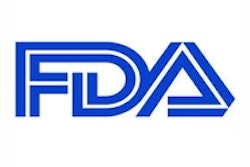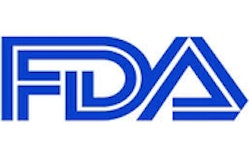
The U.S. Food and Drug Administration (FDA) has published the final versions of the first two of seven major rules under the bipartisan FDA Food Safety Modernization Act (FSMA). The final versions were not available on The Federal Register when Food Logistics reported the final rules on Sept 3, 2015. The rules are now available on The Federal Register.
The two rules finalized, the preventive controls rules, focus on implementing modern food manufacturing processes for both human and animal foods.
The preventive controls rules require human and animal food facilities to develop and implement written food safety plans that indicate the possible problems that could affect the safety of their products and outline steps the facility would take to prevent or significantly minimize the likelihood of those problems occurring. This means food companies will be accountable for monitoring their facilities and identifying any potential hazards in their products and prevent those hazards. Under these rules, the FDA will be able to assess these systems and their outcomes to prevent problems, will better be able to respond when food safety problems occur, and better protect the safety of manufactured food.
Once the seven FSMA rules are finalized in 2016, they will work together to systematically strengthen the food safety system and better protect public health.
Editors Insight: The final rules go into effect for large food companies next year, though smaller companies have longer to comply. All food companies will have to abide by the new rules by 2018.
Food industry trade organizations, including the Food Marketing Institute, the Grocery Manufacturers Association and the American Frozen Food Institute, have congratulated the FDA on finalizing these two rules. The food industry has recognized the need for better food safety rules and provided a lot of guidance on the rules.
But a major unanswered question is how these rules will be enforced. Without enforcement, how much impact will these rules have on food safety? Food Logistics reported in June that the FDA faces a $166 million funding gap in 2016, even if Congress approves the President’s proposed budget. Funding problems could result in new taxes or fees for the food industry.
In the meantime, responsible food industry companies already comply with the safety rules. Companies have numerous information resources, both private and public, available.
In 2011, FDA created the Food Safety Preventive Control Alliance to provide education, outreach and technical assistance. For information on this initiative, click here. 9-11-15 By Elliot Maras

















